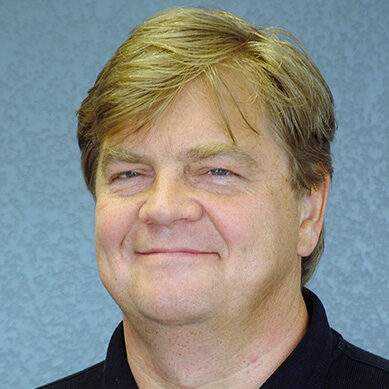A star quarterback in American football stepped onto a stage that wasn’t a sports stadium. He spoke to three hundred inmates in the Everglades Correctional Facility in Miami, Florida, sharing with them words from Isaiah.
This moment, though, was not about the spectacle of a famous athlete but about a sea of souls broken and hurting. In this special time, God showed up behind bars. One observer tweeted that “the chapel began to erupt in worship and praise.” Men were weeping and praying together. In the end, some twenty-seven inmates gave their lives to Christ.
In a way, we are all in prisons of our own making, trapped behind bars of our greed, selfishness, and addiction. But amazingly, God shows up. In the prison that morning, the key verse was “I am doing a new thing! Now it springs up; do you not perceive it?” (Isaiah 43:19). The passage encourages us to “forget the former things” and “do not dwell on the past” (v. 18) for God says, “I, even I, am he who . . . remembers your sins no more” (v. 25).
Yet God makes it clear: “Apart from me there is no savior” (v. 11). It is only by giving our lives to Christ that we are made free. Some of us need to do that; some of us have done that but need to be reminded of who the Lord of our life truly is. We are assured that, through Christ, God will indeed do “a new thing.” So let’s see what springs up!
